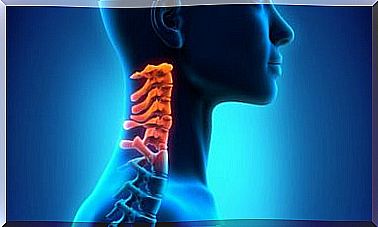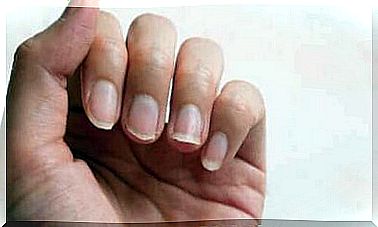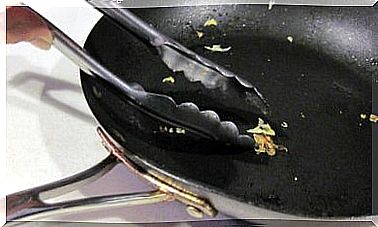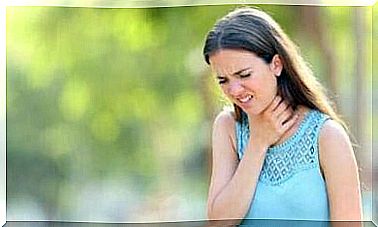Meningitis In Children – Do Not Ignore These Symptoms
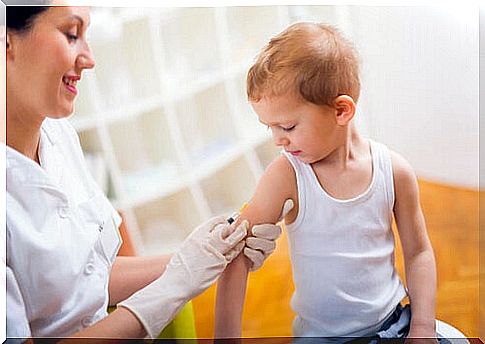
Meningitis in children causes severe inflammation of the membranes that surround the brain and spinal cord. Due to their delicate immune system, the youngest are exposed to this ailment and it can cause serious complications for them.
That is why we will devote today’s article to the topic of meningitis in children. Thanks to this, you will be able to quickly identify symptoms and take appropriate measures.
Meningitis in children – what symptoms should not be ignored?
1. Strong headache
Meningitis in children causes them an unbearable headache. Sometimes the pain goes to the neck as well.
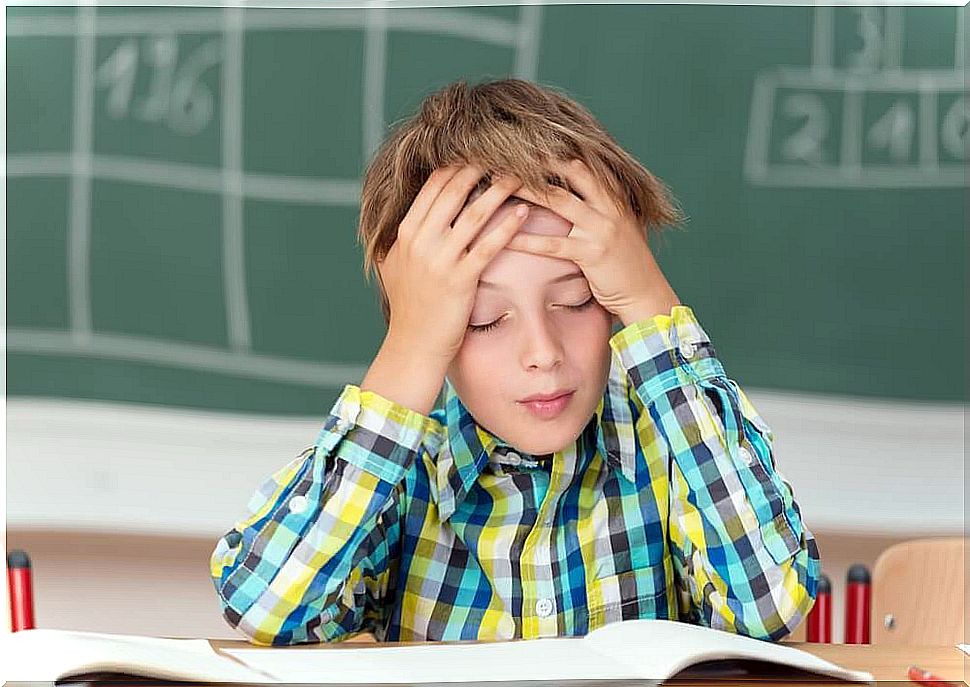
In the case of newborns, there will also be a bulge in the fontanel.
2. Abdominal pain, nausea and vomiting
These symptoms are bothersome, especially in the first phase of the disease. Your child may experience a loss of appetite – partly as a reaction to troublesome abdominal pain.
3. Hypersensitivity to light
Another symptom that causes meningitis in children is photophobia.
When babies are exposed to light, especially sunlight, their eyes start to run down. It can also be accompanied by nausea and the headache is getting worse.
4. Neck stiffness
It is one of the most characteristic symptoms of meningitis in children:
- The toddler is laid on his side, his head is tilted back and his legs are bent.
- He is unable to straighten the neck as it is stiff and it causes soreness.
5. Double vision and fever
You may notice that the child is staring absentmindedly at one point. It is possible that she will complain that she can see double. One of the main symptoms is also fever, chills and a persistent feeling of cold.

Once the temperature starts to rise, it will be very difficult to bring it down. However, since fever is a symptom of many diseases, other symptoms should also be considered.
6. Skin rash
A rash and eczema on a child’s skin can also occur when meningitis occurs in children.
- Take a clear glass to determine if your rash was caused by this condition.
- Press it on the area where the rash appeared. Look if the area has turned pale. If so, it is not meningitis.
- However, if the rash has kept its color despite pressing on it, it is best to consult your pediatrician.
It is a disease that we must not ignore. In the case of children, therefore, pay close attention to the symptoms described above and to any signs that are not normal.
A specialist doctor will perform the necessary examinations and if he detects meningitis, the toddler will be immediately transferred to the hospital.
Vaccination for meningitis in children
Some forms of meningitis can be prevented by giving the correct vaccine. Currently popular and available in some countries are vaccines against:
- Meningokokom
- Haemophilus bacteria
- Pneumococcal
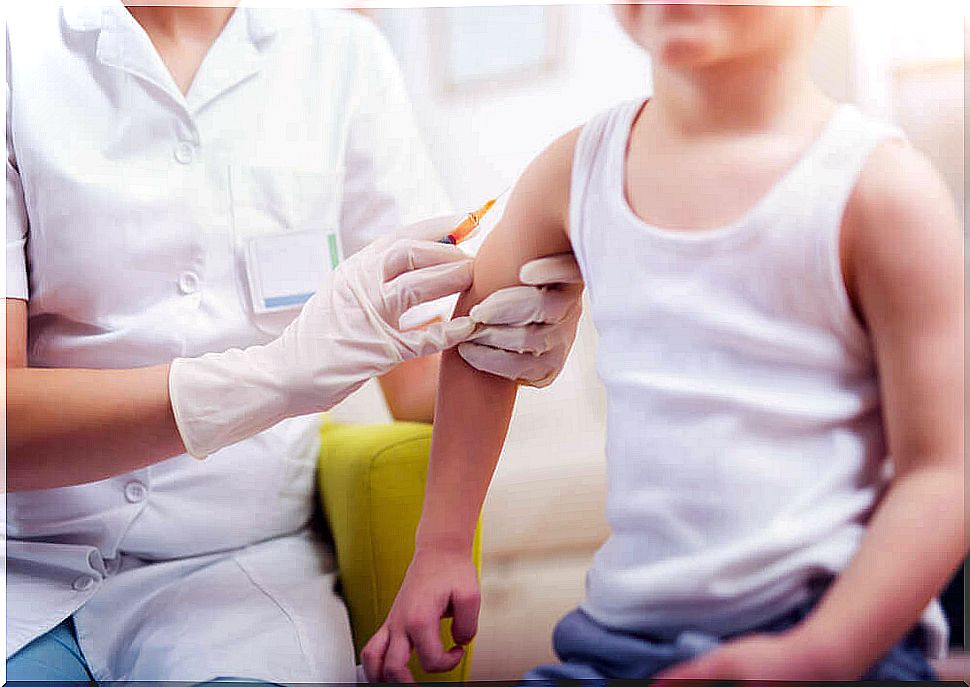
Some of them are not on the local immunization calendar. In order to give them to the child, you need to get them extra.
However, it is not 100% certain that these vaccines will protect the child from this infection. They act only on certain antigens of the bacterial strain.
Meningitis in a newborn – how does it manifest itself?
In newborns and infants, meningitis makes them irritable. Children do not want to eat, they are grumpy and capricious.
- The first symptom is fever. However, there are cases of hypothermia.
- You may experience rapid, shallow breathing and convulsions.
Newborns are at great risk in this situation because their skulls are not fully formed yet. Meningitis in children has negative effects on their fontanelles and places where the skull has not yet healed.
Typical symptoms of this condition may appear when the pediatrician examines the baby for central nervous system maturity. When meningococcal meningitis is present, reddish patches on the child’s body may additionally be noticed.
If a newborn has a fever for no apparent reason, the pediatrician may decide to have a fever even if there are no other accompanying symptoms.


